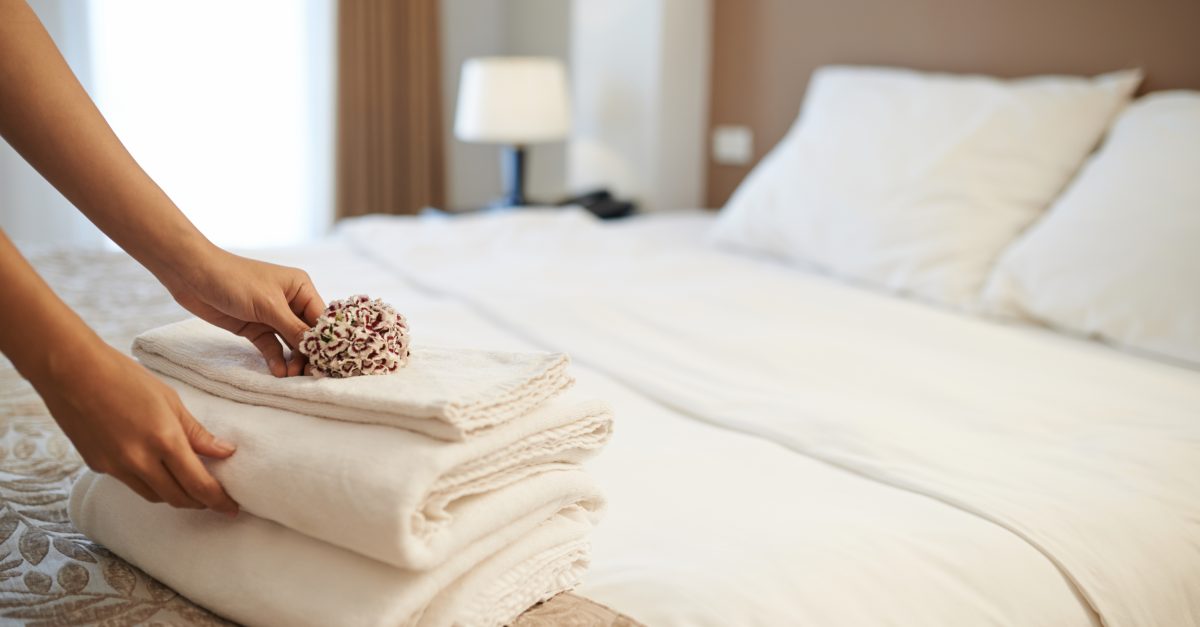
Fleas are parasitic pests that survive by feeding on the blood of cats, dogs, birds, and yes, humans. Basically any warm-blooded creature is a potential host for a flea. They have no wings, but powerful hind legs allow them to jump to lengths 50 times their size. They also have flattened bodies, allowing them to move more easily through fur. Evolution has allowed them to adapt their mouth parts to piercing skin and sucking blood. Interestingly, while fleas can feed on a variety of mammals, flea species are adapted to reproduce only with specific hosts.
Flea bites produce an itch, and can result in swelling, starting from the bite. The itchiness can last for several weeks. In some cases, the itchiness produces bald spots in animals which continuously scratch the bitten area. Though they are known to spread bacteria and disease, fleas bites are not fatal.
One common way to get fleas into your home is through your pets. Furry mammals give fleas a source of nourishment as well as a way to move around. And remember that they can jump very far for their size, so getting to the furniture, carpet, or curtains is not really a problem for them. If you notice that your pets begin scratching more frequently than usual, inspect them for fleas. Use a flea comb to inspect your pet’s whole body. While you may not see live fleas, you may catch dirt on the comb. Place this on soapy water and if it turns red, that indicates the presence of fleas. Fleas favor the neck, groin, and leg folds.
The first step in treating a pet with fleas is to bathe them with a flea shampoo. Afterward, one should give the pet tablets or a spray to prevent the further spread of fleas. Don’t forget to throw away the beddings and blankets used by your pets.
Some pet owners have the notion that treating their pets for fleas is enough to stop an infestation. This is wrong. An untreated house or yard can have newly-hatched fleas jumping onto your furry companion.
After treating your pet, vacuum your entire house. Apart from cleaning most of the house of fleas, vacuuming will also bring eggs, larvae, and fleas that may be burrowed deeper into your furniture or carpet to the surface. You should then spray the entire house with insecticide. Vacuum your house every other day for the next two weeks. It is also best to steam wash area rugs. After two weeks, repeat the insecticide or flea spray process.
Your yard is the next area that has to be sanitized of fleas. Clean your yard of debris. Then inspect decks, bases of trees, and other areas where leaves and other debris tend to accumulate. Make sure these areas are clean before you spray liquid insecticide into those areas. Patios, other hard areas, and areas regularly exposed to sunlight need not be sprayed. Fleas do not propagate in these areas. One good tip is to mow your grass after applying insecticide. Immature fleas will become active, which will expose them to the newly-applied insecticide. As with treating your house, a repeat treatment of your yard is needed after 14 days.
For severe infestations, acquiring the services of a pest controller is advised. Instead of just an insecticide spray, a pest exterminator or San Diego home inspection company will use a fogger. This treatment is usually effective for several months.